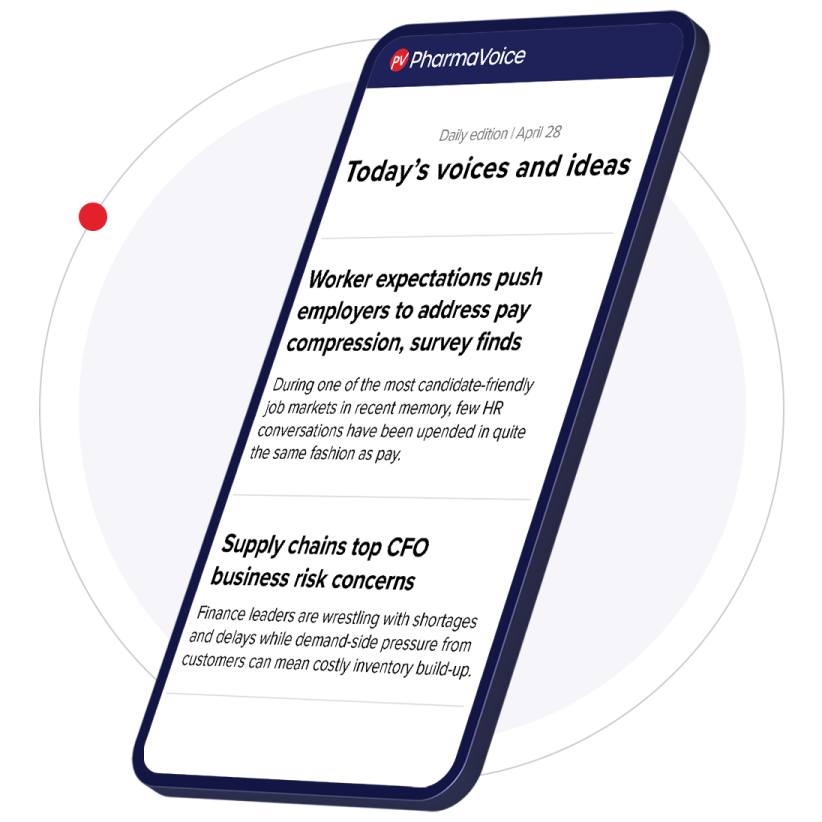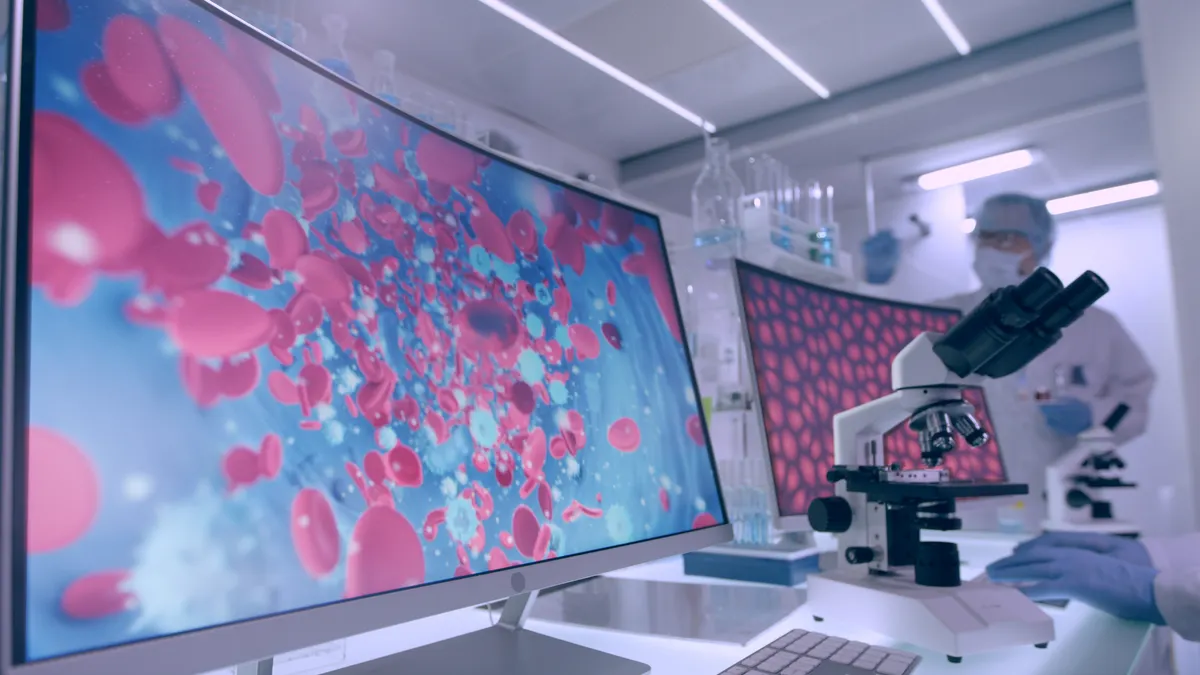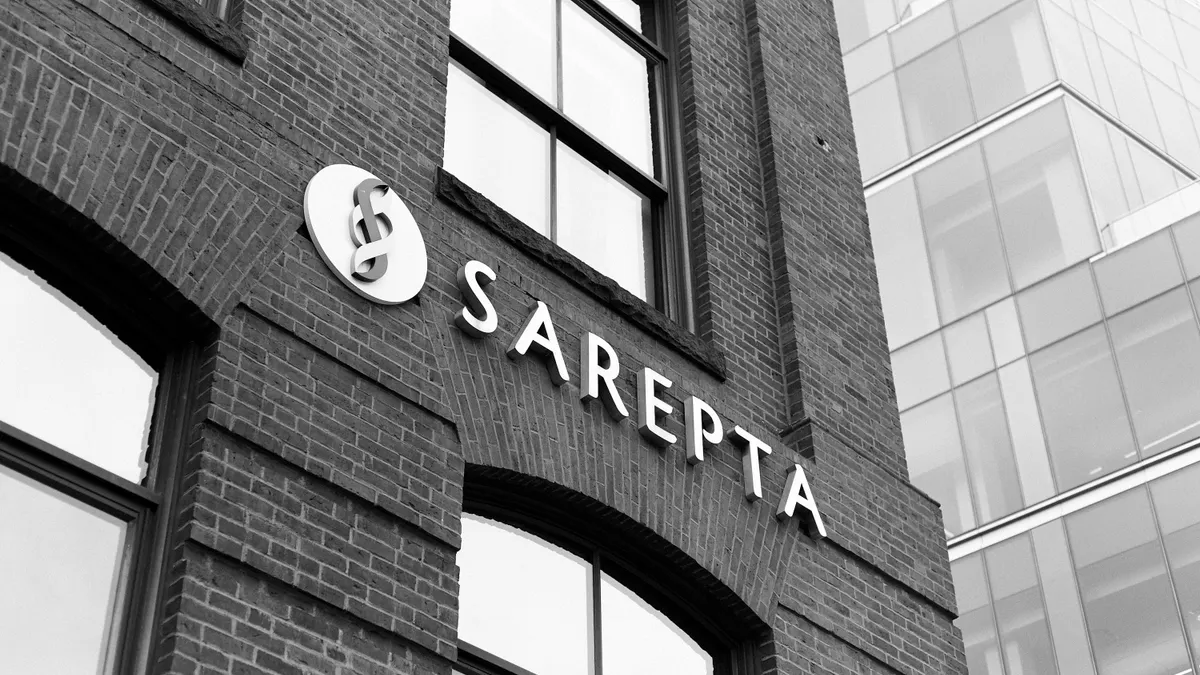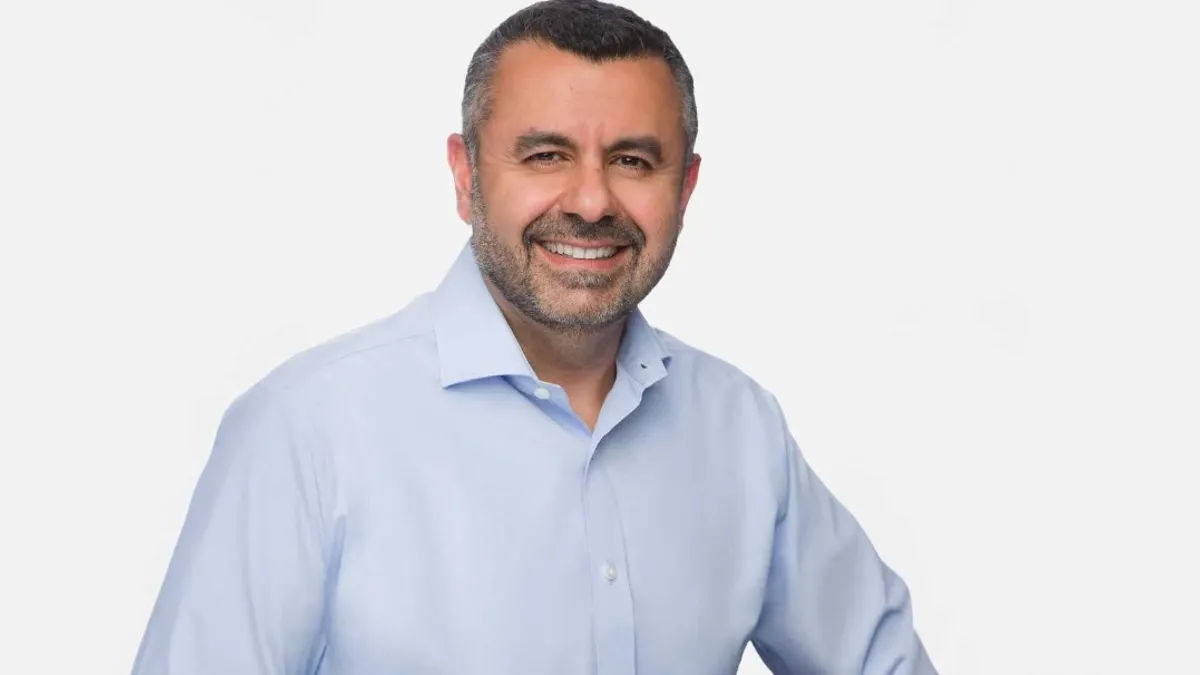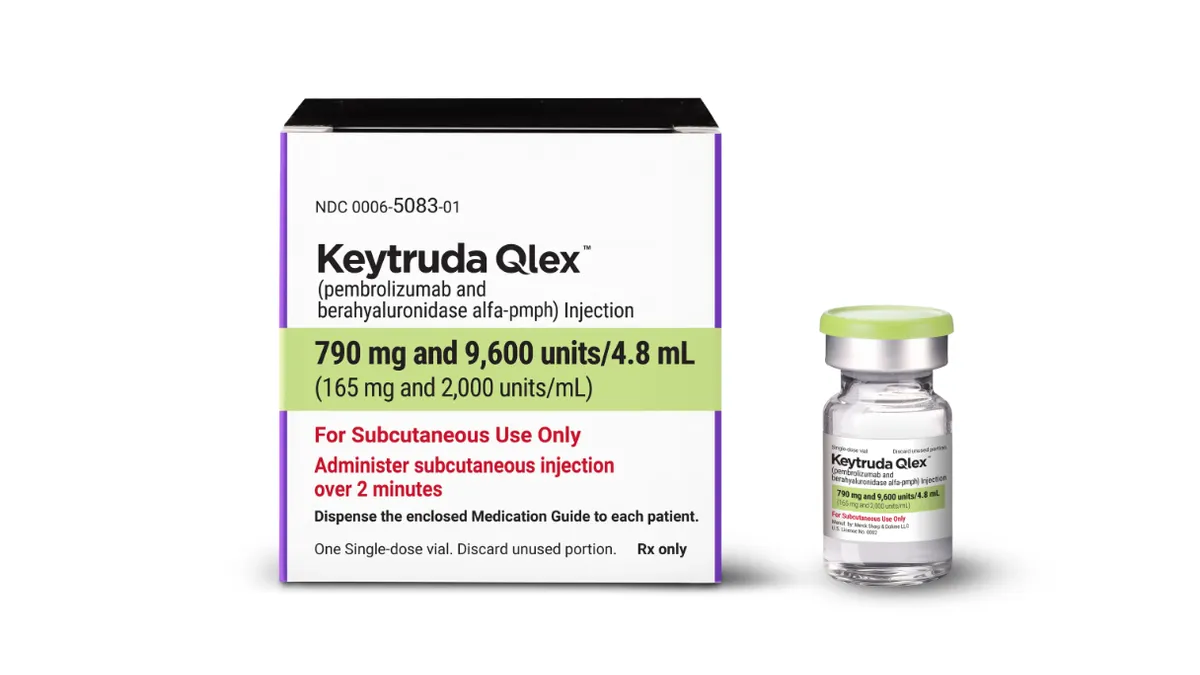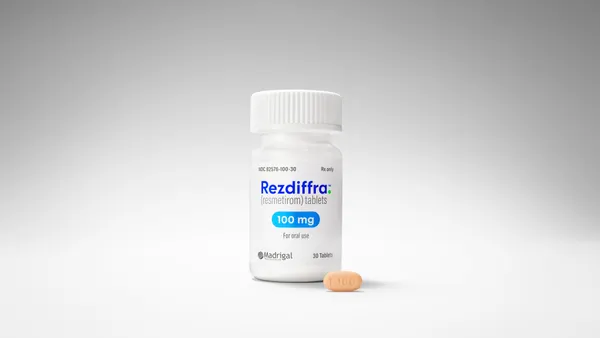Business was booming for Swiss pharma giant Novartis in the second quarter of 2025 with 11% net sales growth riding strong performance from major drugs. But one of the company’s “priority brands” rests squarely at the bottom of the pack, reflecting broader difficulties in the struggling gene therapy space.
Sales for Zolgensma, Novartis’ rare disease gene therapy for spinal muscular atrophy approved in 2019, fell 17% compared to the same quarter last year, bringing in only $297 million. At launch, Zolgensma was the most expensive treatment in the world, and Novartis expected blockbuster peak sales potential. Now, the company is struggling to find new patients.
Zolgensma got off to a strong start following its May 2019 FDA approval, with net sales of $361 million that year. Then in 2020, its first full year on the market, the gene therapy almost hit the blockbuster threshold with $920 million in net sales, and in 2021, it reached $1.35 billion.
That’s when things got more difficult. While Novartis still saw growth in Zolgensma sales in 2022, the curve began to flatten. The following year marked the therapy’s first annual decline, just four and a half years after launch. What happened?
In Novartis’ first-half earnings report from last week, the company kept Zolgensma talk to a minimum, noting in a release that “sales declined reflecting a lower incidence of SMA compared to prior year, while demand remained robust.” Executives did not address the therapy on a call with analysts.
Gene therapy tribulations
As a gene therapy for a very rare disease that mostly affects children, Zolgensma has had a difficult road on the market. A one-and-done treatment originally listed with a price tag of $2.1 million, Zolgensma targets a disease diagnosed in just 450 to 500 U.S. children each year, Novartis said when it was approved. Now, its initial sales bump has diminished.
Novartis is betting on the potential for approval in older patients to see a rise in Zolgensma’s fortunes, and at the beginning of this year, CEO Vas Narasimhan said annual sales could turn it into a $3 billion-plus earner. The company has conducted clinical trials in older patients, but the landscape for SMA has changed over the course of a decade with competitors crowding the field.
At the beginning of 2023, Narasimhan acknowledged the full-year dip, saying that reaching new geographies would be critical to finding new patients. As of last year, Zolgensma was approved more than 51 countries.
“Growth now is largely dependent on adding additional countries in emerging markets around the world,” Narasimhan said, adding that he expected sales to “stabilize” to $1.5 billion until a potential approval in older patients.
With the current limited indication for Zolgensma, rightsizing the model for sales growth has been difficult. And in the broader gene therapy space, the industry has come to a crossroads that could make those efforts even more challenging to overcome.
In 2022, Novartis confirmed the deaths of two patients who developed acute liver failure associated with Zolgensma. While Narasimhan said at the time that safety was likely not related to slipping sales, the gene therapy world has been rattled by patient deaths that have taken a financial and regulatory toll.
Most recently, Sarepta Therapeutics has dealt with the blowback from the death of a patient treated with the company’s Duchenne muscular dystrophy gene therapy Elevidys. Sarepta’s delayed disclosure of the matter caused the FDA to demand the company withdraw the treatment, but it has so far refused to do so.
The problems associated with safety, price and the limited patient pool for gene therapies have coalesced into a difficult market for companies like Novartis and Sarepta, both of whom have poured billions into development. But that hasn’t stopped them from keeping the dream alive.
Last year, despite the challenges with Zolgensma, Novartis announced the $1.1 billion acquisition of gene therapy platform company Kate Therapeutics, which develops technology that could improve how these treatments work.



